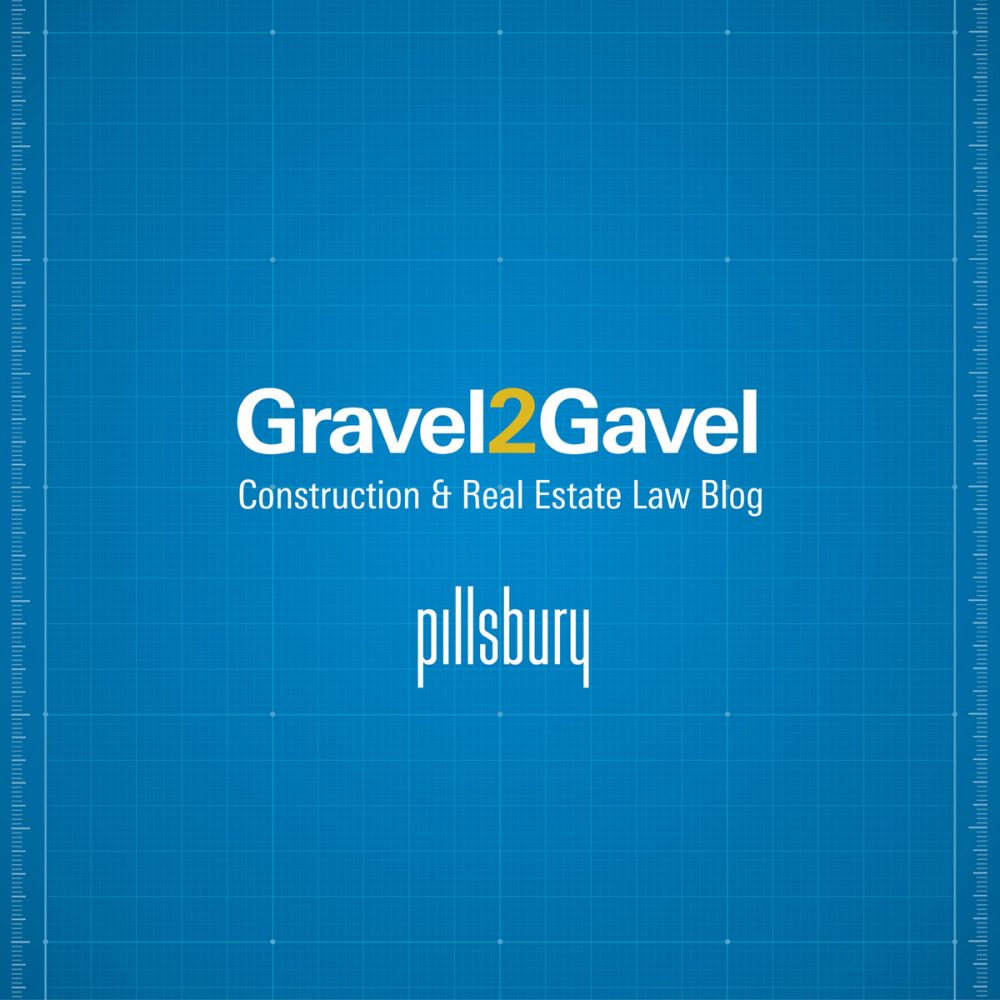Rulemaking to Modernize, Expand DOI’s “Type A” Natural Resource Damage Assessment Rules Expected Fall 2023
The U.S. Department of the Interior (DOI) anticipates proposing a new rule that would revise its “Type A” Natural Resource Damage Assessment (NRDA) regulations under the Comprehensive Environmental Response, Compensation, and Liability Act (CERCLA) in Fall 2023. The proposed rule would modernize DOI’s rarely used simplified Type A procedures for assessing damages for natural resource injuries tailored at sites involving minor releases of hazardous substances, with a smaller scale and scope of natural resource injury occurring in either coastal and marine areas or Great Lakes environments (the “Type A Rule”). (See 88 Fed. Reg. 3373; see 43 C.F.R. Pt. 11 Subpt. D.) The Type A Rule was last updated in 1997.
DOI previewed the proposal in January 2023 in its Office of Restoration and Damage Assessment’s (ORDA) Advanced Notice of Proposed Rulemaking (ANPR). In the ANPR, the ORDA surmised that the Type A Rule was rarely used in part because of its restricted scope, but also because “the model equation for each Type A environment is the functional part of the rule itself—with no provisions to reflect evolving toxicology, ecology, technology, or other scientific understanding without a formal amendment to the Type A Rule each time a parameter is modified.” Calling the existing rule “inefficient and inflexible,” the ORDA stated that its proposal to reformulate the rule “as a procedural structure” would “modernize the Type A process and develop a more flexible and enduring rule than what is provided by the two existing static models” (88 Fed. Reg. 3373).
The new Type A Rule would formalize “well-established” procedures that have been utilized by trustees in NRDAs, such as habitat equivalency analysis (HEA), resource equivalency analysis (REA), and other relatively simple models for assessing natural resource injury in incidents that do not warrant the more complex, prescriptive Type B procedures. The revamped Type A Rule is intended to be used when potentially responsible parties (PRPs) and the natural resource trustee agencies agree that the simplified procedures are appropriate for the site and can be performed cooperatively. The ORDA sought public input on what specific methodologies or procedures could be utilized under the revised Type A Rule. Commenters overwhelmingly support the modernization effort.
The ANPR also requested comments on how to expand Type A’s applicability. Commenters urged broader application of the Type A regulations to other environments (including non-aquatic environments) wherever the simplified assessment methods are appropriate, rather than only two specific aquatic environments. Recognizing that the amount of damages eligible for the Type A rebuttable presumption had not been adjusted since 1997, the ORDA also questioned whether that amount should be increased. Currently, damages calculated in accordance with the Type A procedures are entitled to a rebuttable presumption of correctness in any administrative or judicial proceeding, but the presumption is subject to a cap of $100,000. Most commenters—both industry and trustees—encouraged DOI to eliminate the monetary cap altogether, with others suggesting that if it remains in place, it should be increased into the millions. The ORDA also asked whether there should be a time limit to how long a Type A process could take, but commenters—on a bilateral basis—largely tried to dissuade the Office from prescribing a time limitation.
At the November 15 Natural Resources Symposium in Washington, D.C., Emily Joseph, Director of ORDA, stated that the DOI is tracking to publish the proposed rule in Fall 2023, followed by a public comment period ending sometime in the winter and then a final rule in Spring 2024, which would take effect in Summer 2024. The last time DOI took action to update the rules, the effort stalled after 75 comments were submitted in response to its 2018 Advanced Notice of Proposed Rulemaking.






